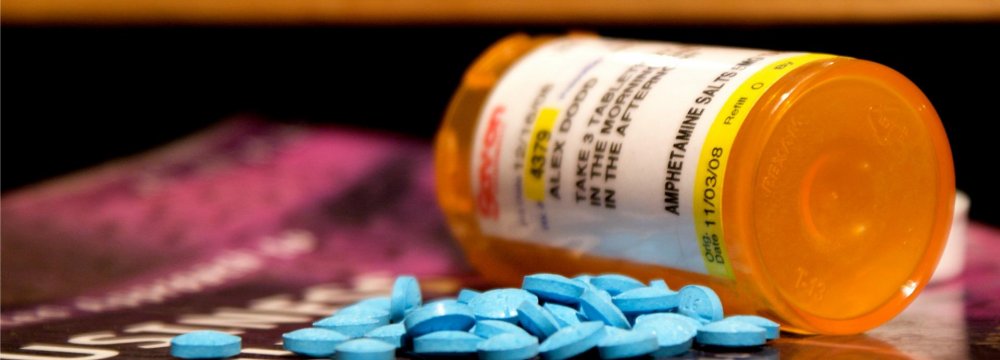Based on the United Nations Office on Drugs and Crime (UNODC) and European Union reports in 2016, a large number of synthetic drugs have entered the illicit drug market. In fact, every week a new such drug emerges in the international market.
In 2013, there were 350 types of illegal drugs and the number climbed to 450 and 550-600 in 2014 and 2015 respectively.
The newer synthetic drugs are some of the most destructive drugs available today. Many of them can destroy a life by triggering psychotic episodes of hallucinations, aggression, paranoia, suicidal thoughts or impulses and homicidal tendencies.
“Industrial drugs are dangerous and many of the users are not even aware of the consequences. However, their catchy names, low prices, and easy production and availability attract the vulnerable youth and adolescents,” said secretary of the Coordination Council at Iran’s Drug Control Headquarters (IDCH), as reported by ILNA.
Mohammad Ali Asadi stressed that national prevention programs on drug abuse to create awareness on the menace of industrial drugs are of high importance.
In the first two months of the current fiscal year that started in March, 13,931 people involved in drug trafficking were arrested and 6 tons of illegal drugs were seized, he said.
“There has, however, been a 6% decrease in the number of drug dealers’ and 19% reduction in seizures compared to the same period in the last fiscal,” Asadi said. He attributed this to the intensification of the battle against drug trade and trafficking by the Law Enforcement Forces in the three eastern provinces that are the main routes for smugglings drugs from neighboring Afghanistan, the opium capital of the world, and Pakistan.
He mentioned other advances in fighting substance abuse, such as dismantling 32 drug mafia gangs, 12 meth-production labs, 20% rise in the discovery and seizure of meth, and rounding up 2,483 addicts and sending 1,421 of them to rehab centers in the past year.
The IDCH is drawing on the help from NGOs and benefactors to provide jobs for addicts after they quit drugs and leave rehab centers. Holding courses in life skills for people of all social levels at universities, garrisons, production units and informing beauty salons and gyms of the harms of meth and the so-called energizing drugs available readily on the Internet, are the other programs, said Asadi.
Every case of addiction is a human tragedy—a job lost, savings squandered, an individual injured or debilitated, a family destroyed. Providing necessary services for addicted mothers at the two Mother & Child Centers in two districts of Tehran, (districts 15 and 22), with a capacity to host 100 women, are other programs run by the IDCH.
As per official figures, there are nearly 2.8 million addicts in the country, 10% of whom are women. But according to a 2016 study, the total number of regular and recreational substance users is estimated to be between four and seven million. Between 1.2 and 2 million people are dependent on illicit drugs mainly cheap Afghan opium, heroin and/or methamphetamine. Other types of illicit drugs used include opium residue, hashish, tramadol and prescription opioids. The Ministry of Health in 2014 reported that there was one drug-using woman per eight drug-using men in the country, and illicit drug use is a health concern among a section of the women. There are 100 addiction rehab centers for women and 1,200 for men across the country.






Add new comment
Read our comment policy before posting your viewpoints